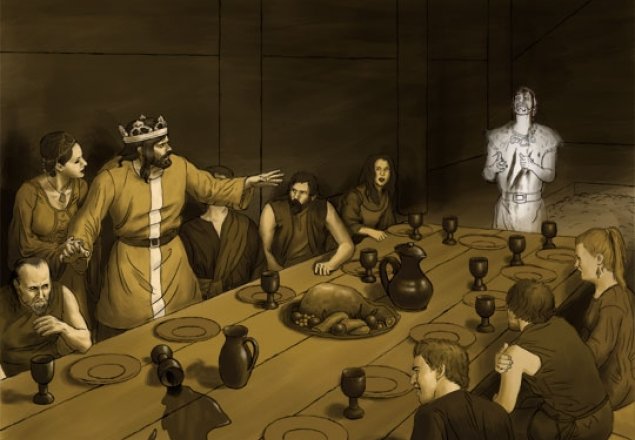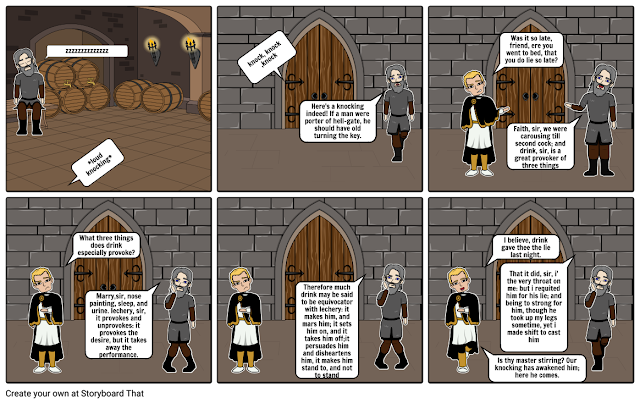Rural Burdwan, especially during that time of the
year when the harvesting is done, has a charm of its own. The otherwise green
fields turn into vast stretches of empty land punctuated by yellow mustard
fields. It gives one an ethereal sublimity driving through these areas with the
chilling breeze and soft winter sun for the company.
Dainhat, the present-day
incarnation of the historical city of Indrani on the western banks of
Bhagirathi near Katwa, can truly be considered a temple town. It stands witness
to the history that
 |
| Baghtikara Temple |
dates back to the Bargi attack on Bengal and even back.
Sadly, much of the olden terracotta temples lie in utter ruin in different
parts of the town which is also the house to one of the earliest municipal
bodies of the country dating back to the 1860s. But, unplanned civic growth has
definitely taken its toll over its ancient monuments that lie littered across
the narrow and dingy lanes of the town. One of the oldest among them is the
Baghtikara temple that still somehow manages to partially stand the test of
time but much of its fine art work have withered down the ages. Samajbari – the mausoleum of the
 |
| Samajbari |
Burdwan Raj – is another place steeped in
historical virtue. By its sides stand the Kishore-Kishori temple of Bhaskar
Pandit and the bathing ghat ruined much beyond renovation.
On the other side
of Dainhat, across the Katwa-Nabadwip Road, stands in great grandeur the
Radhagovinda temple of Jagadanandapur, which is our next stop. Shaped as a
chariot, this lime stone built temple is believed to date back to the
seventeenth century.
 |
| Jagadanandapur Radhagovinda Temple |
Heading eastward
from Dainhat would take you to Manteswar. In the middle lies the sleepy little
village of Sribati off the Koichar-Kalna road. Little did I know when I entered
its precincts late in the afternoon that this small hamlet would prove to such
a treasure trove of archaeological importance! Undoubtedly, the villages, as
the structures therein perfectly recount, has rich legacy and ancient heritage.
The Sribati temple complex, which stands bang in the middle of the village,
consists of three main temples dedicated to Bholanath, Bisweswar and
Chandaneswar. But the major
attraction
lies on the outer walls these temples which are intricately curved with terracotta panels
that depict scenes of barges floating down the river, European soldiers, ladies with swords peeping out of windows, musicians playing musical instruments and many more scenes from day to day life.
 |
| Sribati Temple Complex |
 |
| Intricate Terracotta Panels at Sribati |
 |
| Very uncommon designs mark the panels |
 |
| Sribati Complex |
 |
| A Temple in Singi Village |
With the clock
ticking fast, we decided to haste towards Nasratpur, our final destination, but
 |
| Kashiram Das's Birth Place |
could not resist making an unscheduled but rewarding stop at Singi village – the birthplace of the Mahabharat
fame Kasiram Das. The hatchet where the Poet was born lies in utter neglect
though locals, of late, have come together to form a committee for the upkeep
of the structures.
Day light faded
long before we reached Nasratpur in Samudragarh, a place which won my heart on
my maiden poll duty as a Presiding Officer in the State Assembly Polls in 2016. I lost no time in discovering my friend Badal whom I previously met only
once during the busy and equally tensed poll day. He runs a loom in his house
like most others in this village do to earn their livelihoods. I was mesmerized
at the intricate way he worked with his looms producing such wonderful pieces
of cloth that won him many a national recognition as my better half busied
herself in the sea of sarees making choices out of which was becoming
increasingly difficult. She called it a day obviously not before puncturing a
large hole in my pocket! However, that could hardly bitter the taste of
mouth-watering sweet meat we gulped at Nadanghat on our way back home!












Comments
Post a Comment